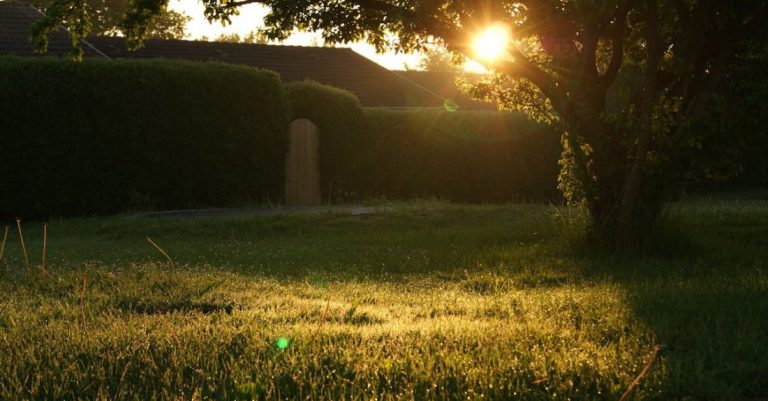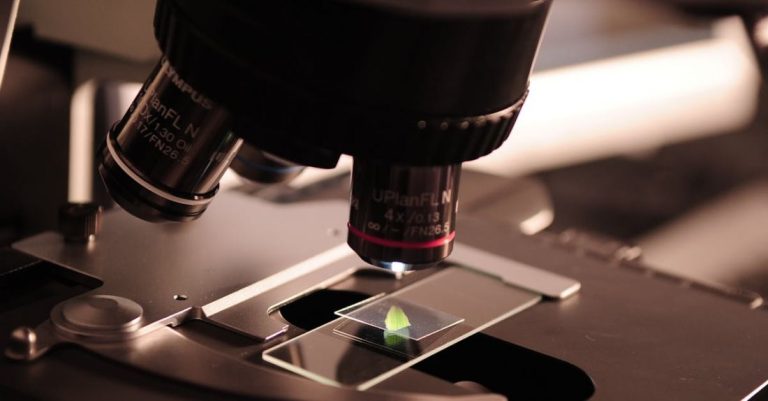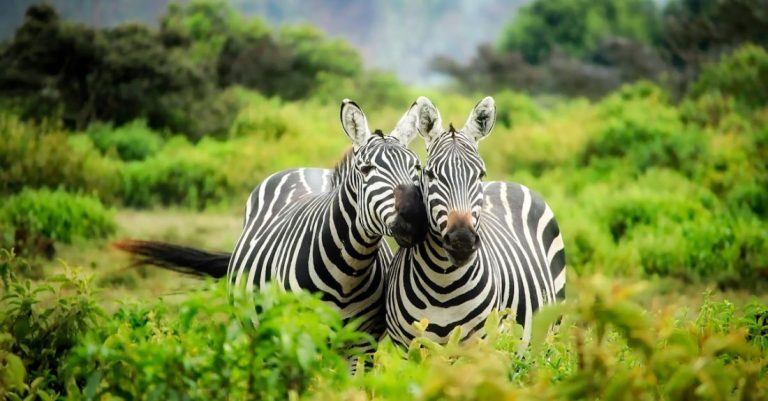
Deforestation is a pressing issue that poses significant threats to wildlife around the world. The clearing of forests for agriculture, urbanization, logging, and other human activities has led to severe consequences for the diverse range of species that call these habitats home. The impacts of deforestation on wildlife are far-reaching and multifaceted, affecting ecosystems, biodiversity, and the delicate balance of nature. In this article, we will delve into the various ways in which deforestation negatively impacts wildlife and the importance of conservation efforts to mitigate these effects.
Loss of Habitat
One of the most significant impacts of deforestation on wildlife is the loss of habitat. Forests are home to a vast array of plant and animal species, many of which are highly specialized and dependent on specific habitat conditions. When forests are cleared, these species lose their homes and struggle to find suitable alternatives. As a result, populations decline, and some species may even face extinction.
Disruption of Ecosystems
Forests play a crucial role in maintaining healthy ecosystems. They provide essential services such as carbon sequestration, water regulation, and soil fertility. When forests are destroyed, these ecosystem services are disrupted, leading to imbalances that can have far-reaching effects on wildlife. Species that rely on forests for food, shelter, and other resources may suffer as a result of these disruptions, further contributing to biodiversity loss.
Fragmentation of Habitats
In addition to outright habitat loss, deforestation also leads to fragmentation of habitats. When forests are fragmented into smaller patches, wildlife populations become isolated and fragmented as well. This fragmentation can lead to genetic bottlenecks, reduced genetic diversity, and increased vulnerability to disease and other threats. Species that require large, contiguous habitats to thrive are particularly at risk from habitat fragmentation caused by deforestation.
Increased Human-Wildlife Conflict
As forests are cleared for human activities, wildlife is forced into closer proximity to human settlements. This can result in increased instances of human-wildlife conflict as animals search for food and shelter in areas populated by humans. Conflict can lead to negative outcomes for both wildlife and people, including injury or death for animals, damage to crops and property, and negative perceptions of wildlife that can further exacerbate the problem.
Loss of Biodiversity
Perhaps the most profound impact of deforestation on wildlife is the loss of biodiversity. Forests are among the most biodiverse ecosystems on Earth, home to millions of species of plants, animals, and microorganisms. When forests are destroyed, this rich tapestry of life is unraveled, leading to a loss of species diversity that can have cascading effects throughout the ecosystem. The extinction of species due to deforestation can have profound consequences for the functioning of ecosystems and the services they provide to humans.
Conservation Efforts and Solutions
Despite the grim picture painted by the impacts of deforestation on wildlife, there is hope. Conservation efforts such as protected areas, reforestation, sustainable land management practices, and community-based conservation initiatives can help mitigate the effects of deforestation and protect wildlife and their habitats. By working together to address the root causes of deforestation and implement sustainable solutions, we can help ensure a brighter future for wildlife and the ecosystems they inhabit.
In conclusion, the impacts of deforestation on wildlife are severe and wide-ranging, affecting species, ecosystems, and biodiversity. The loss of habitat, disruption of ecosystems, fragmentation of habitats, increased human-wildlife conflict, and loss of biodiversity are just some of the ways in which deforestation harms wildlife. By understanding these impacts and taking action to address them through conservation efforts and sustainable practices, we can help protect wildlife and preserve the natural world for future generations.





